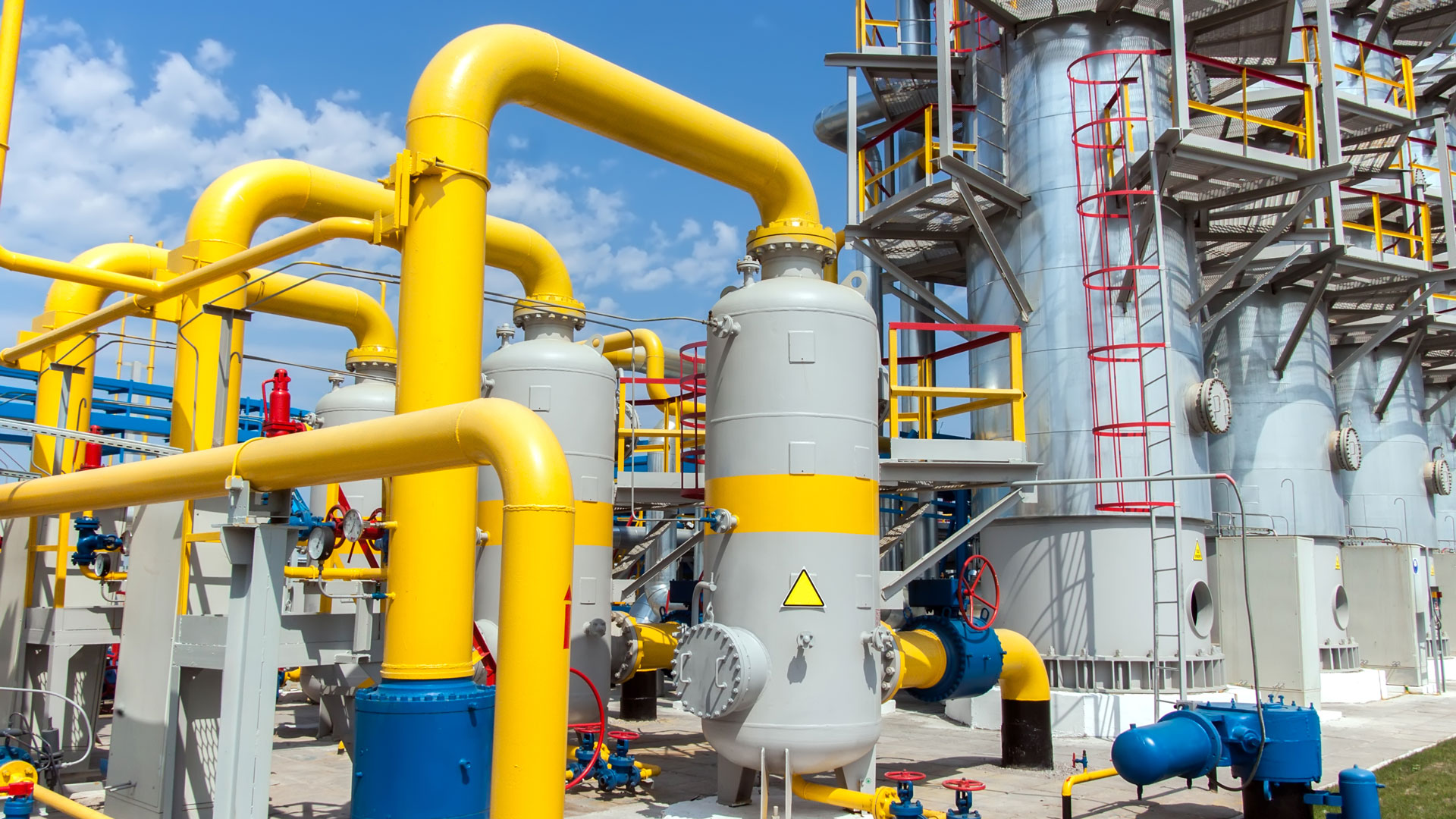Hydrocarbon Dew Point: How Is It Measured?

Have you ever noticed when you're drinking an ice-cold drink on a hot summer day, the outside of your glass is wet? This is because the air around the glass cooled, and water from the air condensed onto the glass; this is the dew point temperature.
What is a Dew Point?
The dew point is the temperature when the air changes its state, from vapour to liquid. When air reaches below the dew point temperature at a particular pressure, the fluid will condense. If you are above dew point temperature, the liquid will remain in a gaseous state.
What is a Hydrocarbon Dew Point?
When natural gas is extracted, it has a mixture of hydrocarbon and non-hydrocarbon components. For example, methane, a hydrocarbon component, typically makes up about 60-90% of natural gas mixed with other non-hydrocarbon components such as carbon dioxide or hydrogen sulphide. Depending on the wellheads, the composition will vary; this means that precise measurements of natural gas are essential to avoid damage to the equipment.
Hydrocarbon dew point (HCDP) is the temperature at which a hydrocarbon component condenses and changes its state from vapour to liquid. Also referred to as hydrocarbon liquid drop-out. The higher the HCDP means there is a higher proportion of heavy hydrocarbon components. This is important for pipeline operators. If there are too many hydrocarbons, there is a potential risk of condensation forming in the pipeline.
How to Measure Hydrocarbon Dew Point
There are a number of different techniques for measuring HCDP.
1. Cooled Mirror Dew Scope
This requires the operator to view a mirror over which the sample has flowed; it is then cooled. When the first drops of condensation begin is the temperature that is recorded.
2. Gas Chromatograph
This method is used to determine the concentration of each hydrocarbon element through the equation of state calculations. The condensing point of each component is identified and calculated to provide a hydrocarbon dew point for the whole mixture. However, there are limitations to this device, and the calculations can be inaccurate.
3. Automatic Optical Condensation Dew Point Analyzer
These instruments function similarly to the cooled mirror dew scope. The device has an optical surface with a depression which usually refracts light unevenly. A light is shined on this surface, and a photodetector looks at the image of the light shining back. A thermoelectric device cools the surface until condensation appears; this condensation alters the reflective properties of the surface. The mirror temperature is recorded with the desired level of condensation is seen.
Find the Equipment & Services You Need Here Today
At 24/7 Compression, we offer services and packages for any facility, large or small. In addition, we have knowledge and experience in hydrocarbon dew point control. Contact us today for your gas compression needs.

